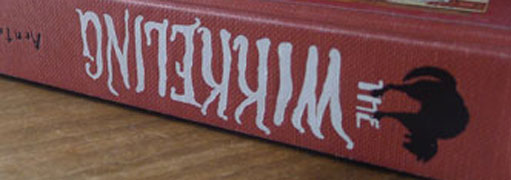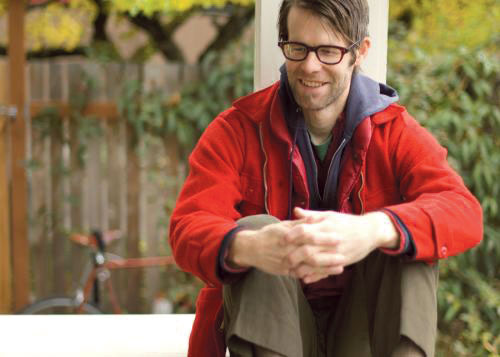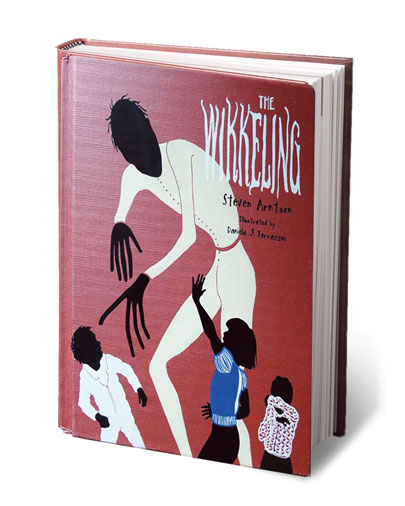Interview: Steven Arntson, Author Of The Wikkeling, Visits Albuquerque
Kids’ Novel Is Engaging And Spooky For Adults, Too


Steven Arntson
Heather Mathews

Latest Article|September 3, 2020|Free
::Making Grown Men Cry Since 1992


Steven Arntson
Heather Mathews



